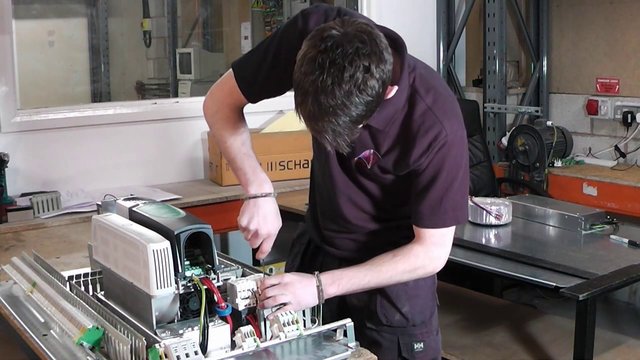When it comes to lifts, one common question that often comes up is, “How long can you expect a lift to last?” It’s a valid concern, especially for businesses in the lift maintenance industry in the UK. While we can’t predict the exact lifespan of every lift, we can certainly shed some light on the factors that influence it.
Maintenance Matters
First and foremost, the lifespan of a lift largely depends on how well it’s maintained. Regular maintenance is the key to extending the life of a lift. Proper servicing and inspections can catch potential issues before they become major problems. Think of it like regular check-ups for your lift – they keep it in optimum shape.
Quality and Build
The quality of the lift and its initial installation also play significant roles. Lifts that are built with high-quality materials and installed by experienced professionals tend to have longer lifespans. It’s an investment that pays off in the long run. Cheaper options may seem attractive initially, but they often come with a shorter life expectancy and higher maintenance costs down the line.
Usage and Environment
The amount of usage a lift sees can impact its lifespan. A lift in a busy office building or shopping centre will naturally experience more wear and tear compared to one in a smaller residential building. Additionally, the environment plays a role. Lifts exposed to harsh weather conditions or corrosive environments may deteriorate more quickly.
Technological Advancements
The lift industry has come a long way in terms of technology. Older lifts might not be as energy-efficient or as safe as their modern counterparts. Upgrading components to incorporate new features can not only improve performance but also extend the life of the system. It’s worth considering, especially in the long term. Some things to consider may be upgrading the motor, control system or even adding in features such as smart monitoring or energy saving systems.

Electrical Components
One crucial aspect to note is that while the mechanical elements of a lift tend to last longer, the electrical components often become obsolete within 10 years, making it challenging to find spare parts. This is an important consideration when evaluating the overall lifespan of a lift.
ACE Lifts: Quality Assurance
At ACE Lifts, we take pride in manufacturing lift controllers that come with a 5-year warranty, surpassing the industry standard of 1 or 2 years. This warranty gives our customers peace of mind, knowing that they are getting value for their money and a product that’s built to last.
The Lifespan Estimate
So, how long can you expect a lift to last? On average, a well-maintained lift can have a lifespan of 20-30 years or even more. However, this is a general estimate, and individual cases may vary. Some lifts have been known to exceed these expectations with proper care and upgrades.
In conclusion, the life expectancy of a lift is influenced by various factors, including maintenance, quality, usage, environment, technology, and the longevity of electrical components. As a trusted name in the industry, ACE Lifts ensures that our customers can rely on the durability of our controllers, backed by a 5-year warranty. Remember, regular maintenance is the key to maximizing your lift’s lifespan, and making the right choices when it comes to technology can significantly impact its longevity.


